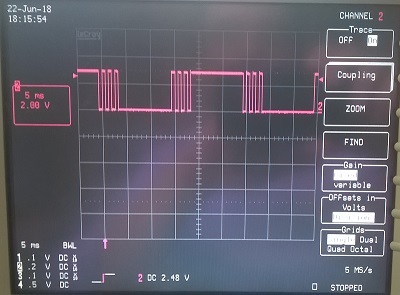I have to send packages continuously; How can I get feedback on the success of transmission before sending the next package? Which event should I use? and in what callback function?
I'm using SDK 15 and softdevice 6.0. The event BLE_EVT_TX_COMPLETE is missing in ble.h
Thanks



